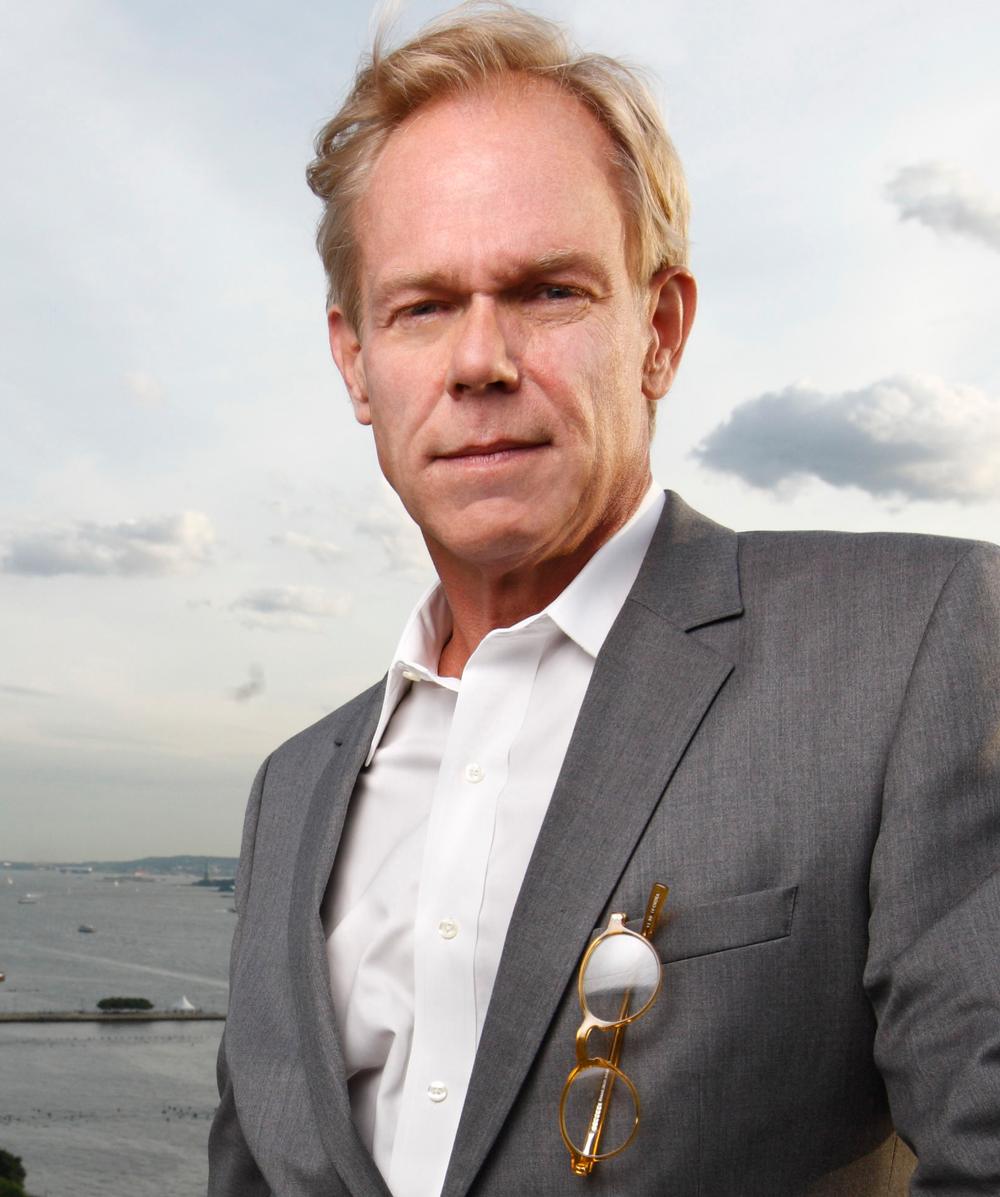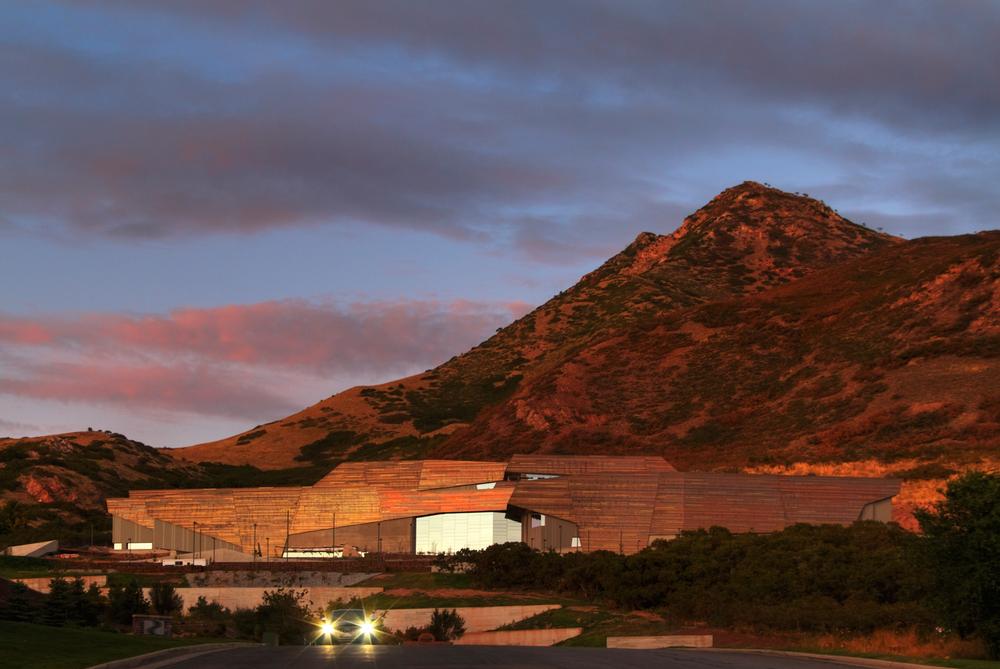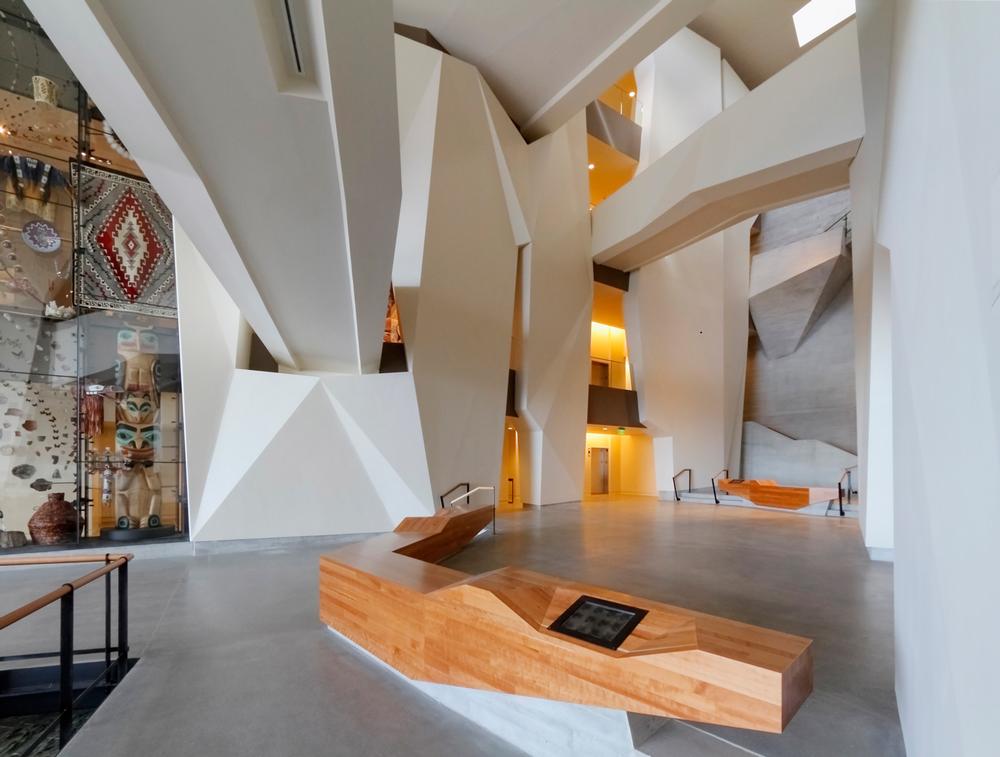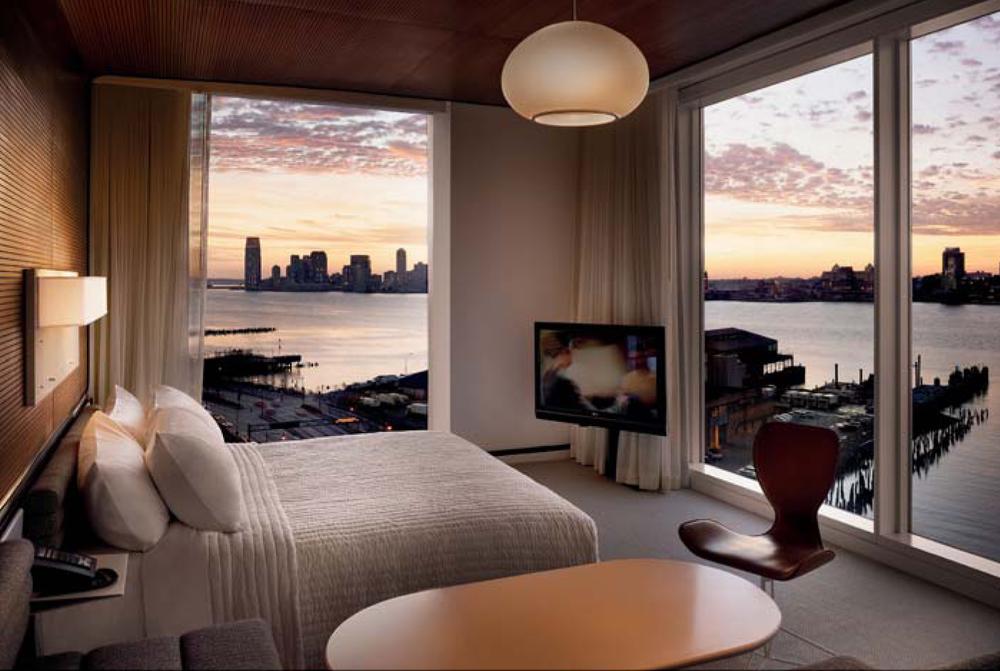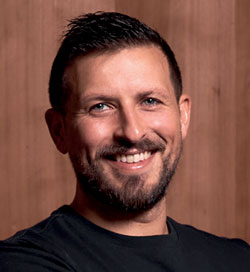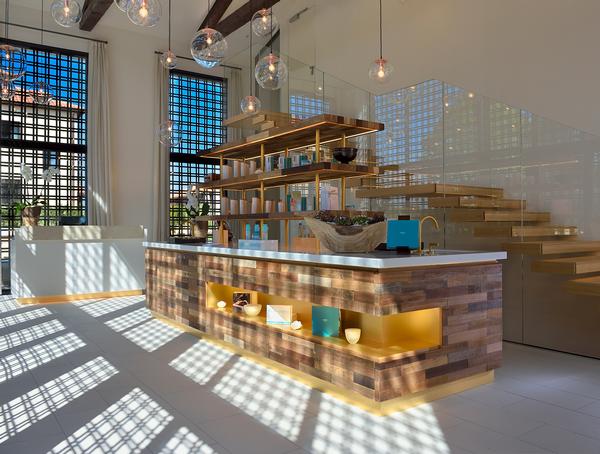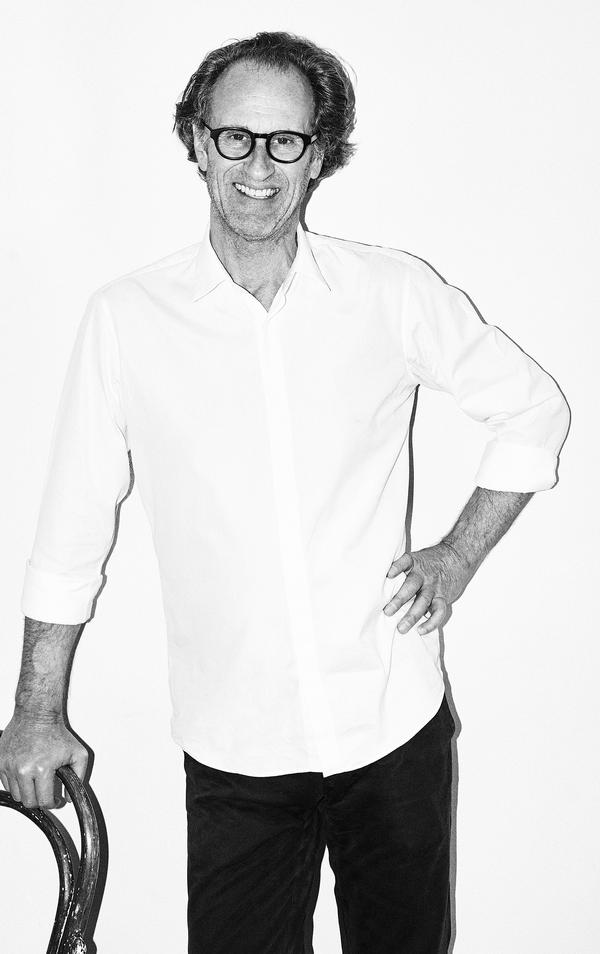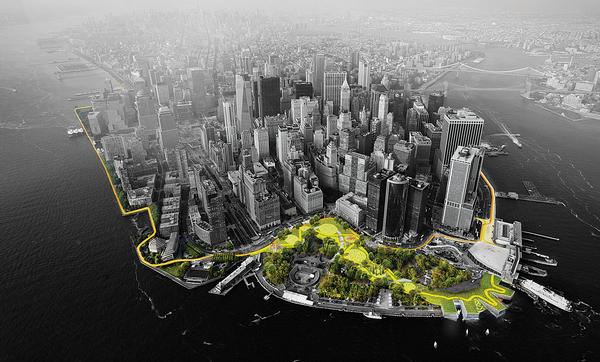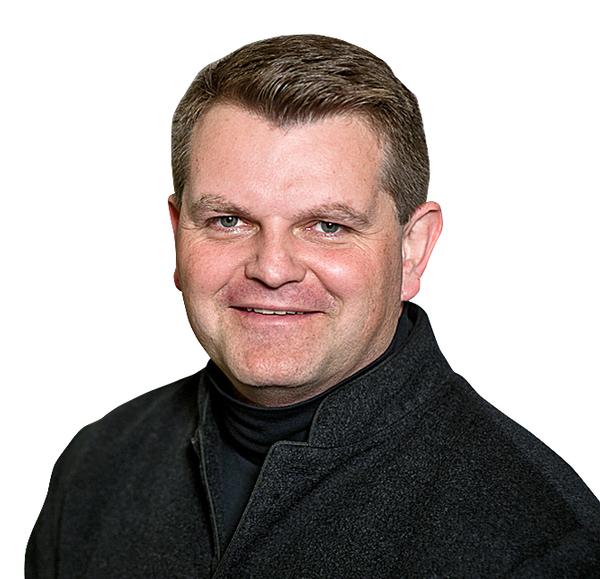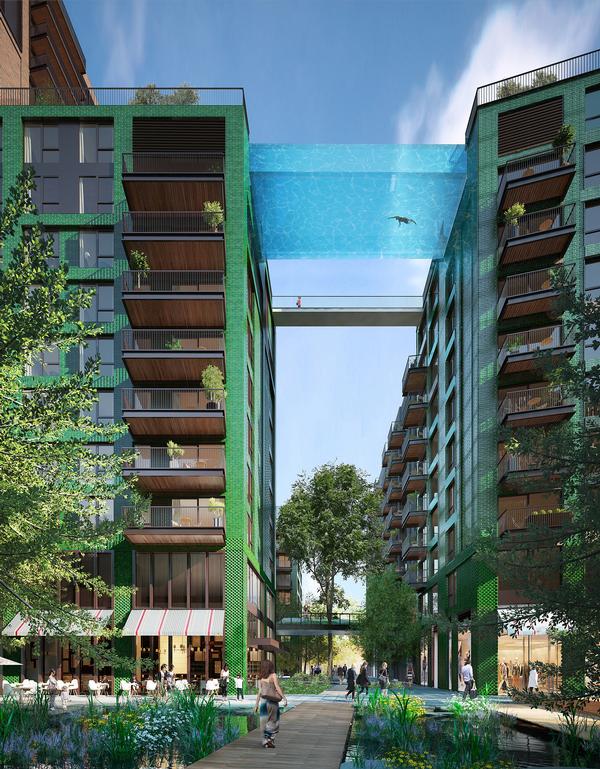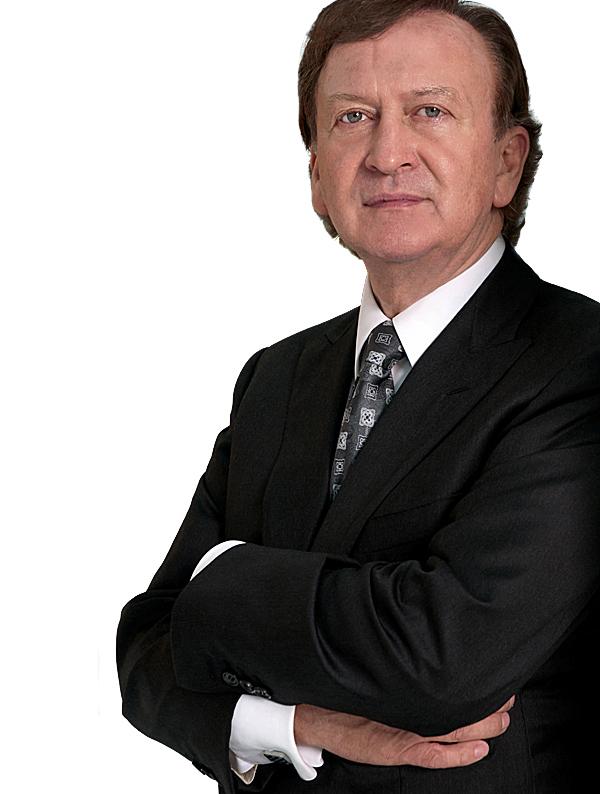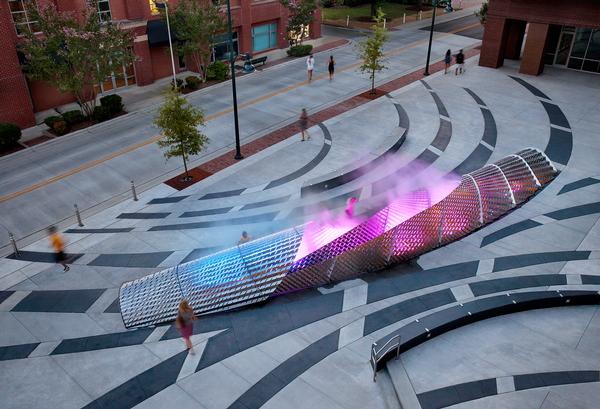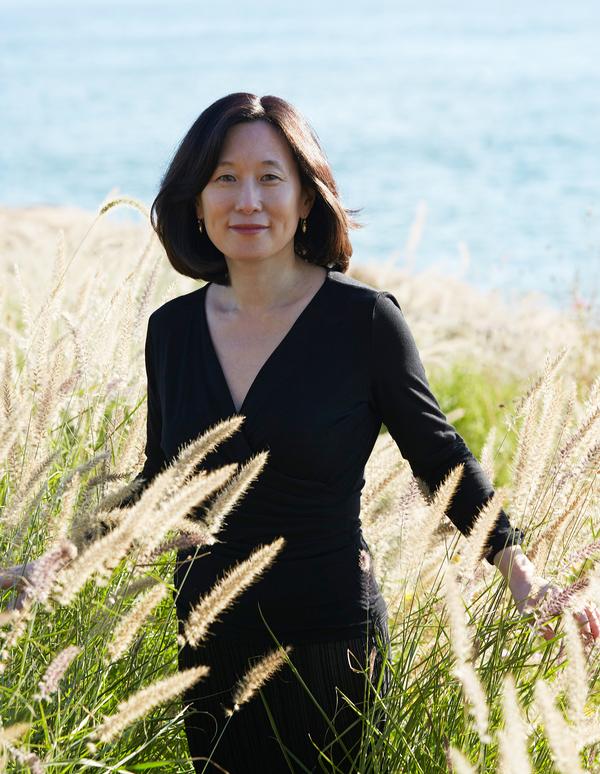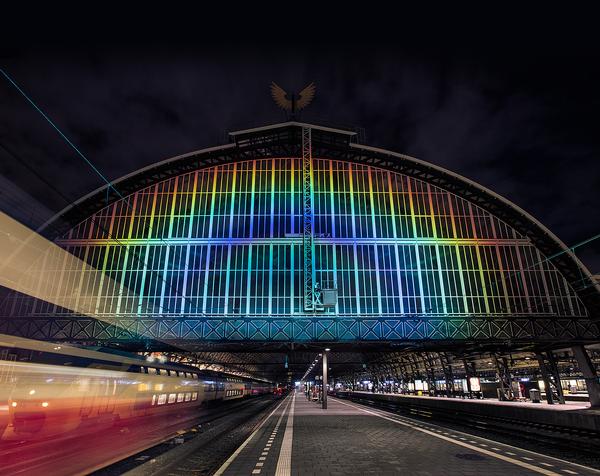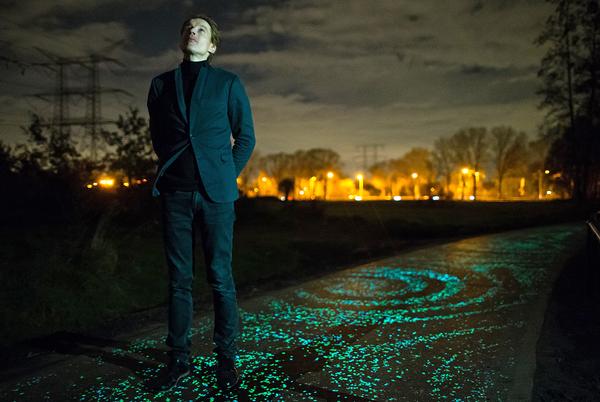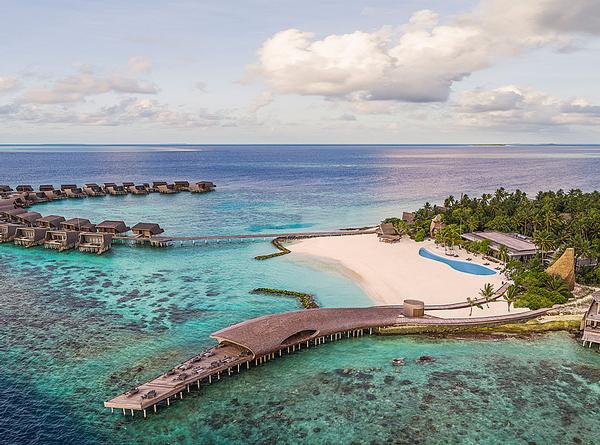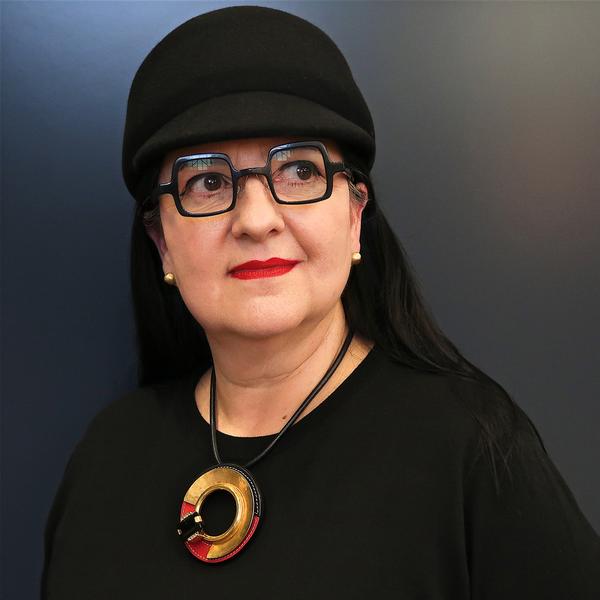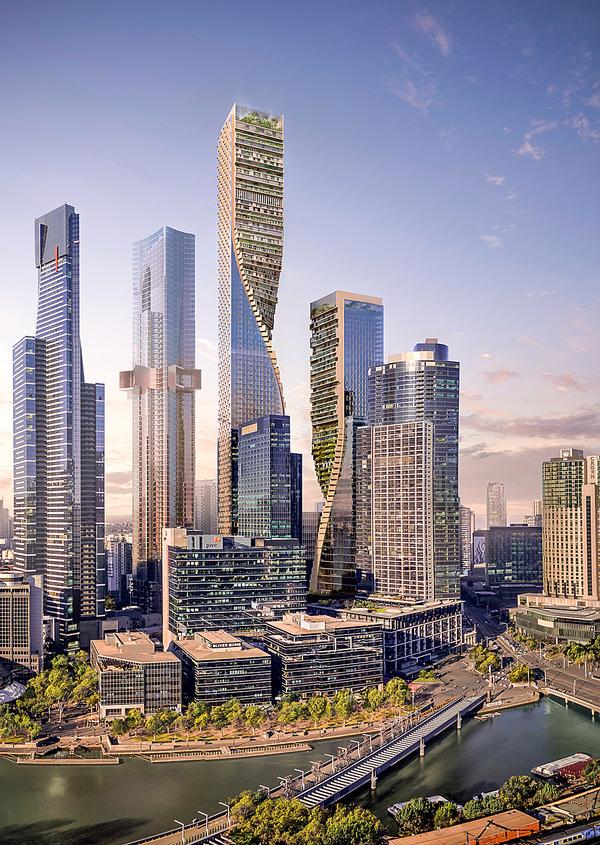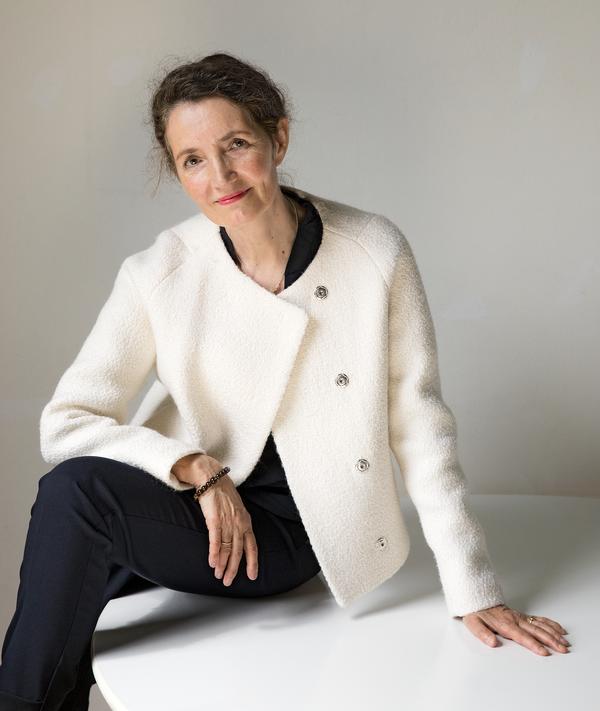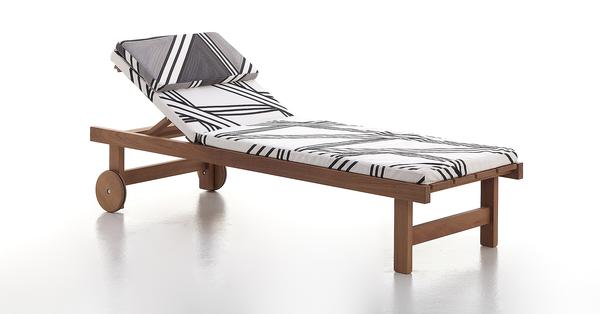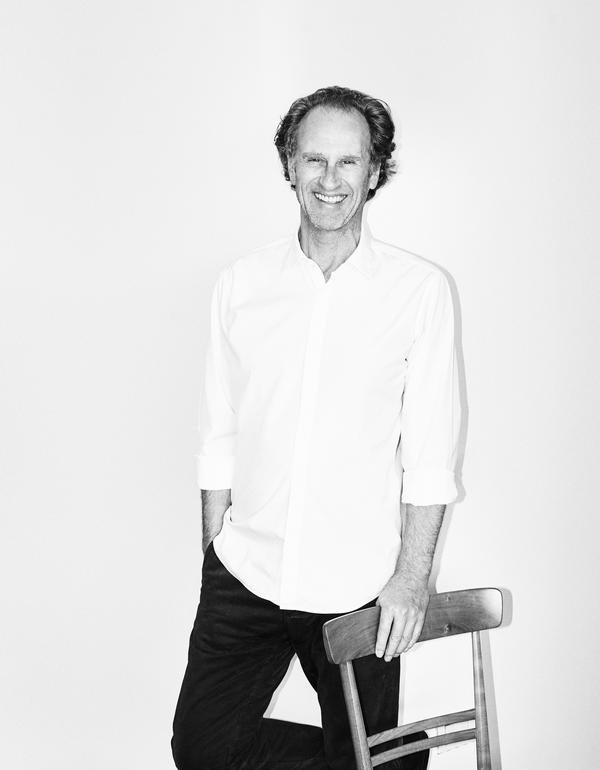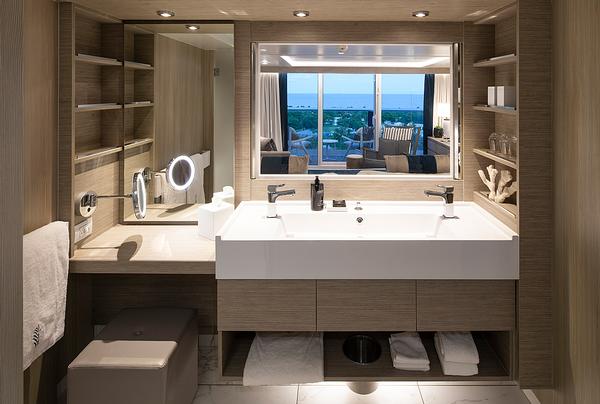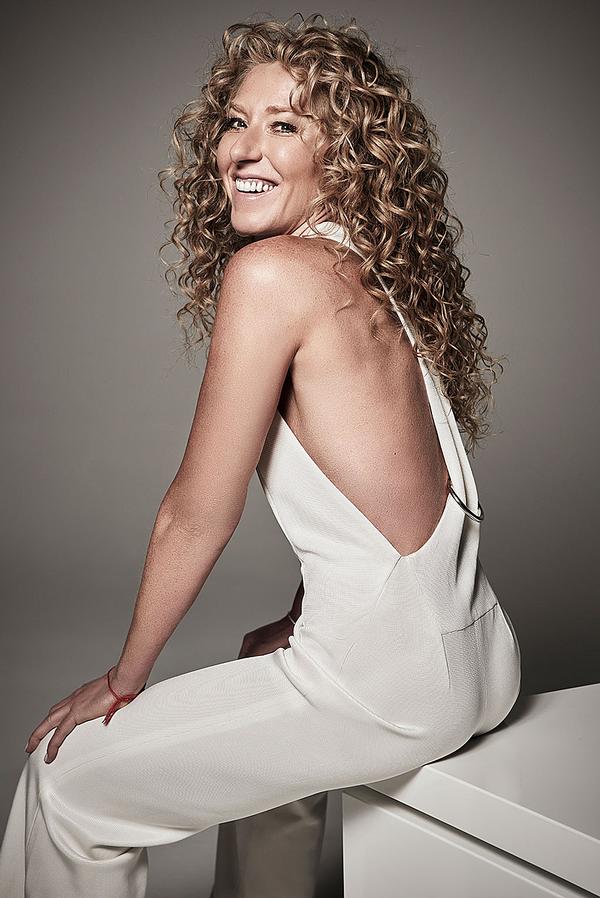Architect's focus
Todd Schliemann
When designing a new home for the Natural History Museum of Utah, Ennead partner Todd Schliemann decided to let the landscape take centre stage. He tells Magali Robathan how he approached the project
How did you begin your career?
My father was an architect, so as a child I sat at his drafting table and used his equipment. I grew up in the 1960s, when architecture wasn’t just about designing buildings; it was a way of life. Architecture was a complete experience – it was about furniture and plates, how you ser ved your food and lived your life. It had a powerful influence on me.
It was also a time before computers; there were no video games, so in my spare time I made things.
I studied architecture at Cornell University. After graduating, I taught architecture briefly and then came to New York in 1979. I’ve been here ever since. When I started working at the Polshek Partnership, there were only seven people working for the firm. Now it has a new name, I am one of the founding partners, and there are 170 people working for the firm. [It became Ennead Architects in 2010].
What is your approach to architecture?
My philosophy is that buildings must serve people. Architecture is the mother of the arts. Its power is both intellectual and emotional. Not only must it incorporate sound construction and beautiful aesthetics, but it also has to touch people and make their lives better. There are many dif- ferent ways to do this, because each project is different. The influences that you bring to bear on the buildings are all varied, but in the end architecture is a cultural statement. It has to be responsive to people.
How did you get involved with the Natural History Museum of Utah?
I had designed the Rose Center for Ear th and Space at the American Museum of Natural Histor y in New York, so when the directors of the Natural Histor y Museum of Utah started thinking about creating a new building, they sent us an invitation to interview. I went through several inter- views, and they selected us.
What were the aims of the new building?
The Natural History Museum of Utah was previously housed on the University of Utah’s campus in an old library building, which was not at all suitable. The stacks that had con- tained books were storage for the Museum’s collections, it wasn’t air- conditioned, and there wasn’t enough space to exhibit or tell stories or teach. So first and foremost, they wanted the right facility to house their collection, which is substantial. Then they wanted the new museum to tell the story of the region and its people.
What was your brief?
I had complete freedom. Early on in the project, the museum’s director, Sarah George, borrowed two jeeps from the Governor of Utah’s office and we trav- elled around the state for a week.
We explored the natural landscape, talked to many people and got a feel for Utah’s character – so that we could make the building represent that.
After this trip, it became clear that Utah is all about the land and how peo- ple have engaged it for thousands of years – people have been trying to deal with what is a very harsh landscape for a long time. The building had to be responsive to that; it had to feel like it belonged to the land, but it also had to serve the people and tell the story of Utah’s natural history in a way that peo- ple could understand whether they were six or 60 years old, if they were a native American or an immigrant.
Can you describe the building?
It sits on the edge of culture and the edge of nature. It’s in the foothills of the Wasatch Mountain Range, and is also on the edge of Salt Lake City.
Our goal was to create a building that would blend with nature and appear to be like a rock outcropping. We used board-formed concrete at the base of the building, which is striated to appear as if it is a land form, one that has built up over time. We cov- ered the exterior with copper which was donated by Kennecott Utah/Rio Tinto, whose mines are across the val- ley. On the roof we have planted areas, as if silt has fallen on the rock and plants have grown there. We think it blends quite nicely with the landscape.
Inside the building we created the Canyon, which is a 60-ft-high public space where people can gather and which can be used for events. It has an almost church-like scale to it and is very inspiring because of its height.
The Canyon sets the stage for the visitor experience. When you get peo- ple into a museum like this you want to make sure you’ve got them ready to learn. The emotionally-charged experience of getting into a space like the Canyon makes it more than just an intellectual exercise. It touches you as a human being first and then gets your mind working.
Then, of course, there are the galler- ies. Their sequence builds a narrative that encompasses many ideas from the region and explains them in a way that people can understand. On the opposite side of the building is the working part of the museum, the empirical part – the research and conservation laboratories, collection storage and administration.
The approach to the Museum is very important to the experience of the building. You get out of your car, enter the building, ascend from a com- pressed entry lobby to the voluminous, light-filled Canyon and then traverse, through a series of switchbacks, to the top floor. The switchbacks, which ascend 90 feet, allow you to climb and not feel it’s an exhausting experience.
Then of course you’ve also got the views from the roof and the Canyon looking out across all of the Salt Lake Valley to the lake, with the mountains in the background.
What is your favourite part of the museum?
The Canyon is the most interesting space to me. It really is a spectacular volume of space. As you go through the museum you are always using the Canyon as a kind of way-finding refer- ence. You know where you are because you can always see back into it.
How important was it for the museum to be sustainable?
Everything we do is sustainable, whether the client asks us or not. In this case it was very important to them, but also if the building is going to be part of the land, it had better be responsive to the land in the long term.
The building has a solar array on the roof behind the planting. We have underground water retention tanks for controlling erosion on the site. The building is built into the side of the hill – half of it is buried – which creates a flywheel effect, which keeps the build- ing cool in the summer and warm in the winter. There are all kinds of high- performance mechanical systems that are running at peak efficiency.
We don’t have many windows in the museum because natural light can damage the items on display, so we’ve been able to create a very tight exte- rior envelope. This means there’s not a lot of air passage between inside and out, which allows the building to use less energy. With a nice tight wall the mechanical equipment doesn’t have to work so hard to control the var- iations in temperature and humidity.
We’re working at getting an LEED Gold certificate for the museum. We should find out within the next few months whether we’ve got it (you have to wait until the building has been oper- ational for a year, so you can prove it does what you said it would do).
What reactions have you had to the museum’s design?
It seems to be doing what we wanted. People get inspired when they see it.
Who do you admire in architecture?
Mostly dead architects, I’m afraid! Eero Saarinen, who was a Finnish/ American architect in the 1950s and 1960s, is a strong influence. He did some rather amazing buildings, none of which looked the same. He was extraordinarily talented – his architecture is very thoughtful and beautiful
Where do you get your inspiration?
It comes from whatever context I’m working in. The context in the case of the Natural History Museum of Utah was complex, and was about the land and the people. If I’m working in New York, it’s about the city and how people engage it. The inspiration always comes from people and the context.
Where is your favourite place?
I love the sea. I have always sailed and it’s a fabulous thing. The ground is always moving and you can go any- where you want in the world – it’s a highway to everywhere. There’s some- thing upside down about it; everything takes place underneath the surface.
What do you love about your job?
I love to make things. You can think up an idea, and then make it. That’s very rewarding. Sometimes it doesn’t work out the way you want, and sometimes it does, but it’s a joy to try.
And what do you enjoy the least?
Probably clients who don’t want to understand the bigger ideas. Small thinkers. I suffer fools badly.
THE NATURAL HISTORY MUSEUM OF UTAH
The Natural History Museum of Utah’s new $102m home opened in Salt Lake City in November 2011. The Museum, which was established in 1963, is associated with the University of Utah, and was previously housed in the university’s campus building.
The Museum is an active research institution, with a collection of more than 1.2 million specimens and objects. It features more than 41,300 sq ft of gallery and education space, with the collections housed in new exhibitions designed by Ralph Appelbaum Associates. Nine dedicated, thematic exhibition galleries explore the Sky, Native Voices, Life, Land, First Peoples, Lake (Great Salt Lake), Past Worlds, Our Backyard and Utah’s Futures.
Designed by Todd Schliemann of Ennead Architects, the new building was inspired by the region’s natural landscape of rock, soil, minerals and vegetation. By incorporating the use of recycled materials, local resources, photovoltaic energy, radiant cooling and the implementation of an extensive storm water catchment and management system, the Natural History Museum of Utah is seeking LEED Gold certification, which would make it one of only 18 buildings in Salt Lake City with that distinction.
Todd Schliemann
Todd Schliemann is a founding partner and design principal in Ennead Architects. He studied architecture at Cornell University in 1979 and Urban Design at the Architectural Association in London.
Schliemann’s recent projects include the Rose Center for Earth and Space at the American Museum of Natural History in New York; Yerba Buena Gardens Center for the Arts Theater, San Francisco; The Standard, New York; The Natural History Museum of Utah; and Queens Borough Public Library, Flushing Regional Branch, New York.
The Isola delle Rose has a rich history and an enviable location. Matteo Thun knew he had to capitalise on both with the design of the JW Marriott Venice Resort & Spa



